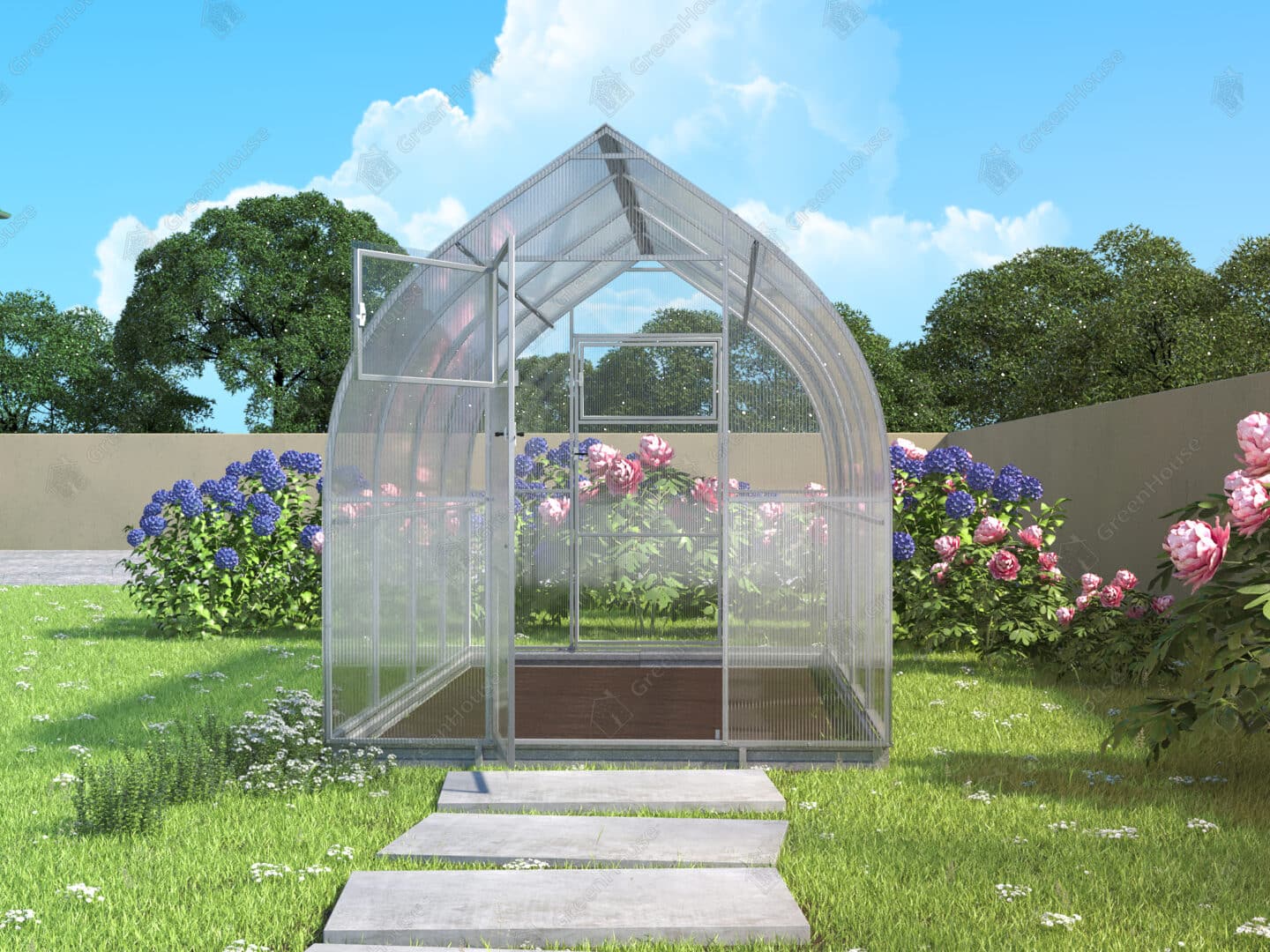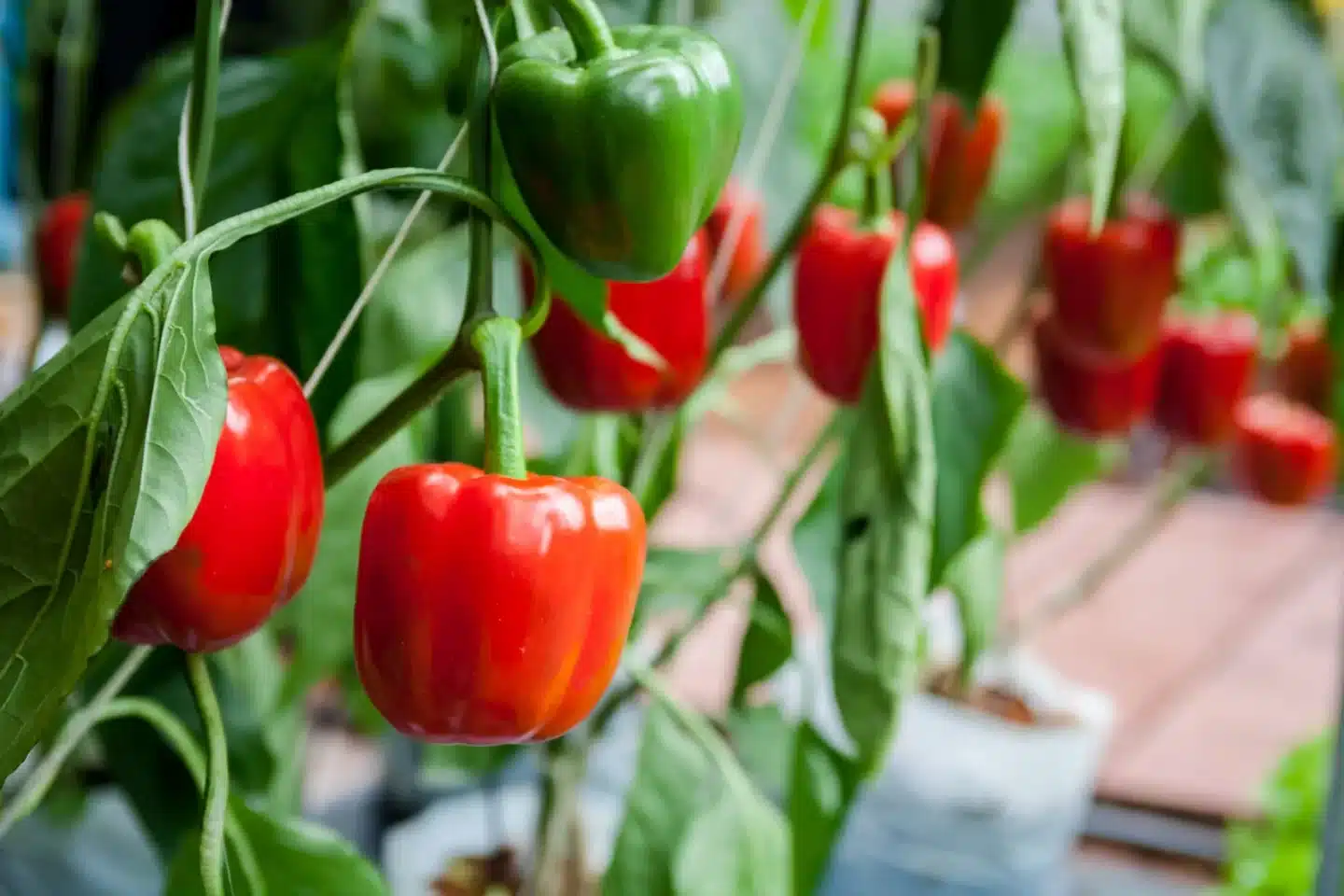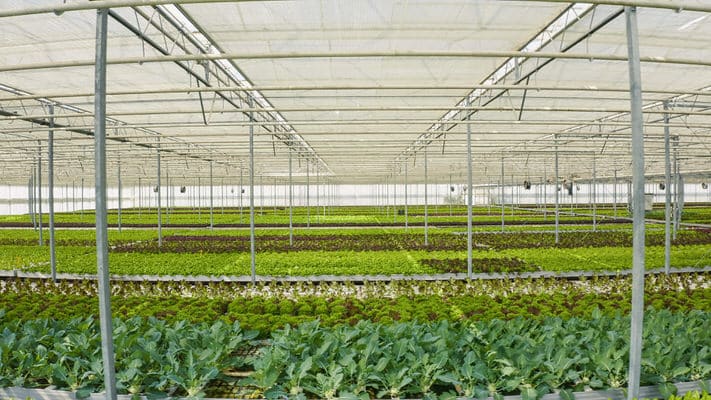Greenhouses are true wonders of modern agriculture and the horticultural industry. They offer numerous benefits and create an ideal environment for the growth of a wide variety of plants. From the stability of their structure to the variety of plants that can thrive within them, greenhouses are an important part of cultivation in many parts of the world. In this article we will take a closer look at the advantages, stability and variety of greenhouses.
Advantages of Greenhouses
Greenhouses offer a number of benefits that make them an attractive option for farmers and gardeners. One of the most important advantages is the control of the environment. By using greenhouses, the temperature, humidity and exposure to sunlight can be regulated to create optimal growing conditions. This allows plants to be grown outside of their natural season and in regions with unfavorable climates.
Another advantage is protection against harmful environmental factors. Greenhouses provide a barrier against extreme weather conditions such as frost, hail or strong winds. They protect the plants from diseases, pests and weeds, which reduces the use of pesticides and herbicides and is therefore more environmentally friendly.
Greenhouses also allow for better use of limited space. More plants can be grown in a smaller space by using vertical cultivation or shelving systems. This is particularly important in densely populated areas or when producing crops in urban environments.
stability of greenhouses
The stability of greenhouses plays a crucial role in their long-term success. Modern greenhouses are usually made of high-quality materials such as aluminium, steel or glass-reinforced plastic (GRP) that are strong and durable. These materials offer good stability against the elements and can withstand strong winds, snow and hail.
In addition, greenhouses are designed to allow for an even distribution of loads. The structure of the greenhouses consists of columns, beams and braces that provide a stable base. This ensures that the greenhouse remains stable even in extreme conditions such as strong storms.
Another aspect of greenhouse stability is its flexibility. They can be adapted to different environments and conditions. For example, ventilation systems and shading devices can be installed to regulate indoor temperature and prevent heat stress. This enables better control over the climate in the greenhouse and ensures optimal conditions for plant growth.
variety of greenhouses
Greenhouses offer an amazing variety of growing options. From vegetables and fruits to flowers and exotic plants, greenhouses can house a wide range of plant species. Different plants can grow side by side in a greenhouse, regardless of their specific soil, temperature and humidity requirements. This allows optimal use of the available space and opens up new possibilities for growing plants that would otherwise be difficult to cultivate.
In addition, the variety of greenhouses offers the possibility of year-round production. Plants can be grown outside of their normal growing season, ensuring year-round availability of fresh fruit and vegetables. This is particularly important in regions with short growing seasons or in countries that are heavily dependent on imports.
The variety of greenhouses also extends to the types of greenhouses themselves. There are different types such as cold houses, warm houses, tropical houses and hydroponic greenhouses to name a few. Each type has its own advantages and allows the cultivation of specific types of plants or the use of certain cultivation techniques. This variety opens up a world of opportunities for growers and growers looking to diversify their production and target specific markets.
Conclusion: Greenhouses are veritable green oases of stability and diversity. They offer numerous advantages, including control of the environment, protection against harmful environmental factors and optimal use of the available space. The stability of the greenhouses is guaranteed by high-quality materials, a robust construction and flexible adjustment options. The diversity of greenhouses extends to the species of plants that can thrive in them, as well as the different types of greenhouses themselves. Overall, greenhouses play a crucial role in ensuring sustainable and diversified food production in many parts of the world.
Gehen Sie zu dieser Produktseite






